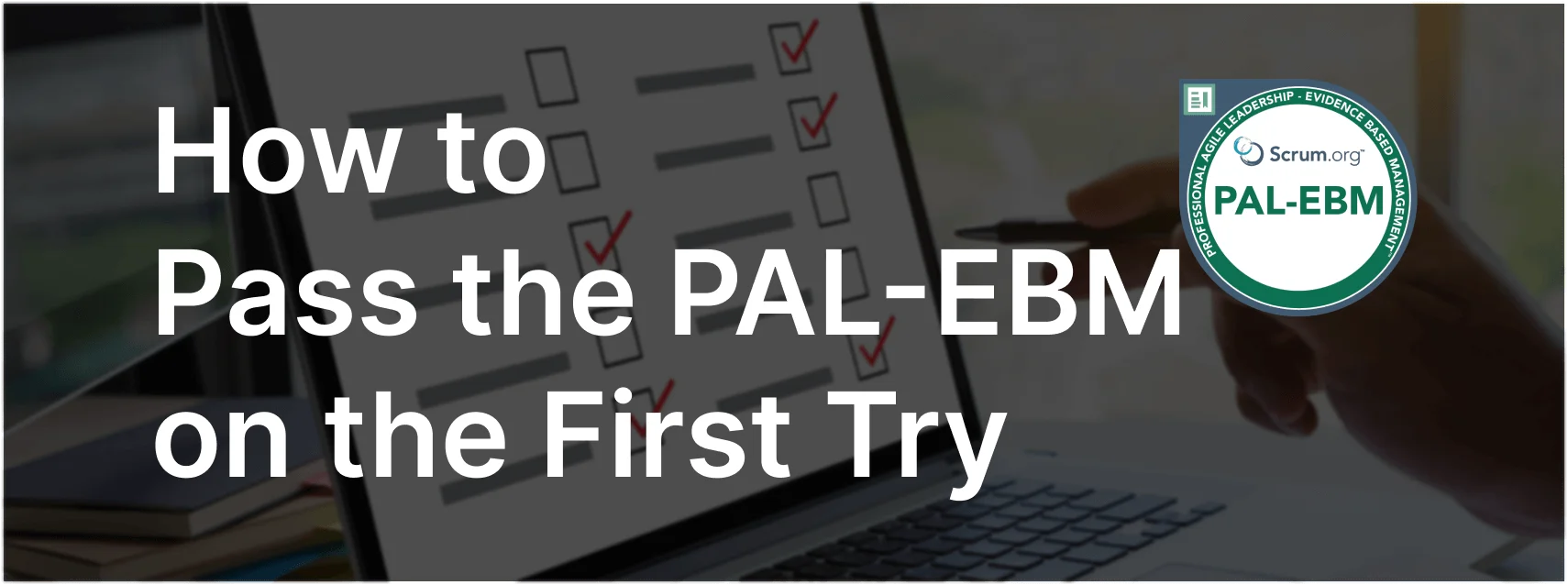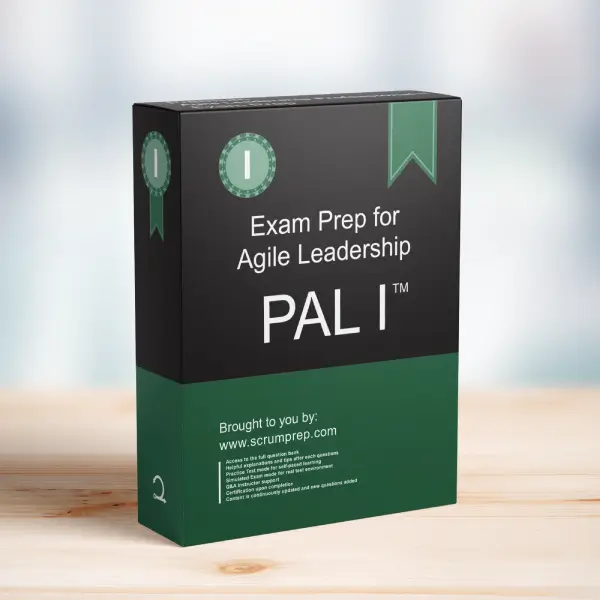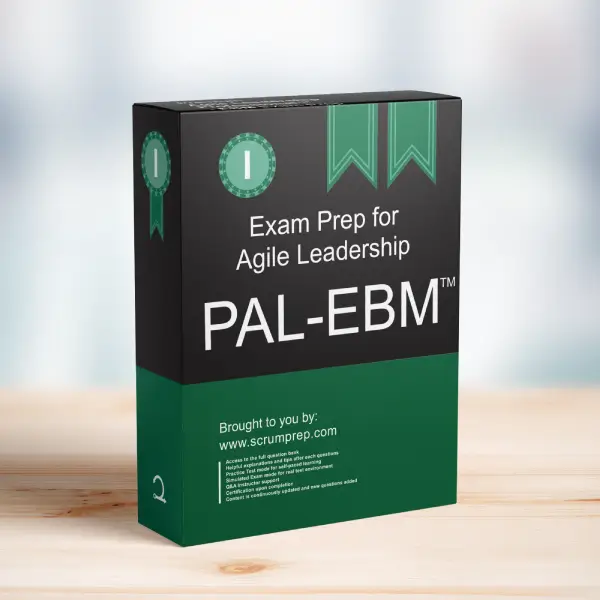Handling Sprint Time Extension Requests
As a Product Owner, managing requests for additional time in a Sprint while maintaining Agile principles and stakeholder trust is crucial. This article explores the best approach when the Developers request extra time to complete their work.
Exam Question
You are a Product Owner. The Developers are close to the end of a Sprint and ask you for 3 extra days to complete their work. They feel that if they do not get the extra time they might look bad in front of stakeholders, who are already skeptical of using an Agile approach. What should you do?
(choose the best answer)
A. Ask the Developers to commit to what was agreed and find a solution for the problem.
B. Ask the Developers to work longer hours to meet their goal.
C. Cut back on testing, or leave some items incomplete, so long as the Developers can “substantially meet” their goal.
D. Agree to extend the Sprint but ask the team to be more realistic when they plan Sprints in the future.
E. Do not extend the Sprint and stick to the original time-box. Work with the stakeholders to explain why transparency and openness are important.
Correct Answer
E. Do not extend the Sprint and stick to the original time-box. Work with the stakeholders to explain why transparency and openness are important.
Explanation
Correct Answer
E. Do not extend the Sprint and stick to the original time-box. Work with the stakeholders to explain why transparency and openness are important:
Extending the Sprint undermines the principle of time-boxing, which is essential in Agile for maintaining a predictable and consistent cadence. Instead, use this opportunity to demonstrate transparency and openness to stakeholders, explaining that Agile is about continuous improvement and learning from each Sprint. This approach helps build trust with stakeholders by showing that the team is committed to delivering value within the agreed-upon time frames and is open about challenges and progress.
Incorrect Answers
A. Ask the Developers to commit to what was agreed and find a solution for the problem:
While it’s important to encourage the team to meet their commitments, this option doesn’t address the root cause or promote a learning opportunity. It also may not be feasible without compromising quality or overburdening the team.
B. Ask the Developers to work longer hours to meet their goal:
Encouraging longer working hours can lead to burnout and decreased productivity over time. It also sets an unhealthy precedent and goes against sustainable work practices promoted in Agile.
C. Cut back on testing, or leave some items incomplete, so long as the Developers can “substantially meet” their goal:
Compromising on testing or leaving items incomplete can lead to technical debt and quality issues. It also undermines the Definition of Done, which is critical for ensuring high-quality increments.
D. Agree to extend the Sprint but ask the team to be more realistic when they plan Sprints in the future:
Extending the Sprint contradicts Agile principles and the time-boxing concept. While future planning adjustments are essential, changing the Sprint duration is not the appropriate solution.
Agile Leadership Insights
- Time-Boxing: Time-boxing Sprints ensures a consistent and predictable cadence, which is fundamental to Agile. It helps teams focus on delivering incremental value and learning from each Sprint.
- Transparency and Openness: Promoting transparency and openness with stakeholders builds trust and fosters a culture of continuous improvement. It’s crucial to communicate challenges and progress honestly.
- Continuous Improvement: Each Sprint should be a learning opportunity. Teams should reflect on what went well and what didn’t during Sprint Retrospectives to improve future Sprints.
Relevance to the PAL I Exam
Understanding how to handle requests for additional time while adhering to Agile principles is crucial for the PAL I exam. It demonstrates knowledge of maintaining time-boxing, fostering transparency, and promoting continuous improvement.
Key Takeaways
- Stick to the original Sprint time-box to maintain a consistent and predictable cadence.
- Use the opportunity to build trust with stakeholders by explaining the importance of transparency and openness.
- Promote continuous improvement through regular reflection and learning from each Sprint.
Conclusion
As a Product Owner, it’s important to stick to the original time-box for Sprints and use challenges as opportunities to promote transparency and continuous improvement. For more information on preparing for the PAL I exam, visit our Professional Agile Leadership PAL I™ Exam Prep.





